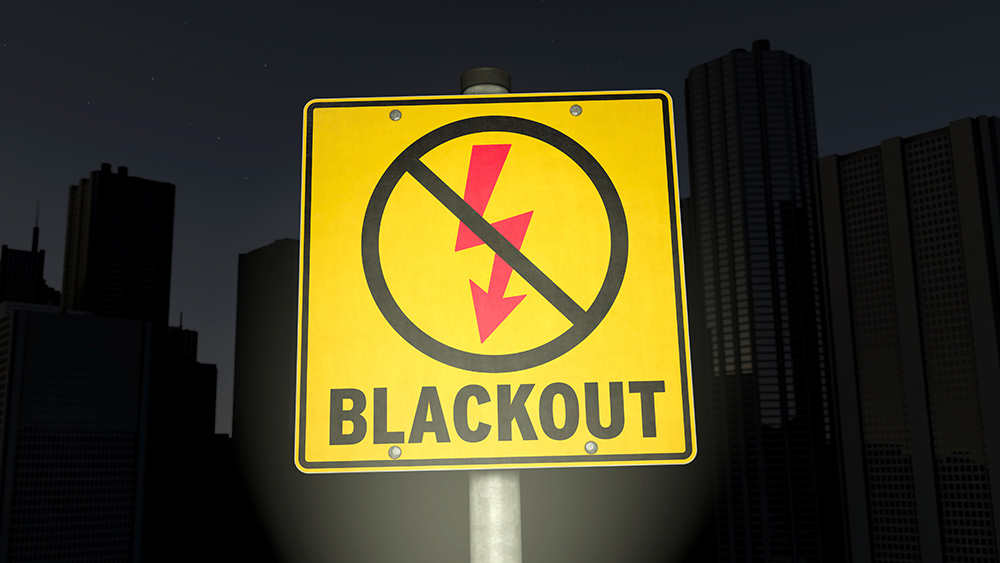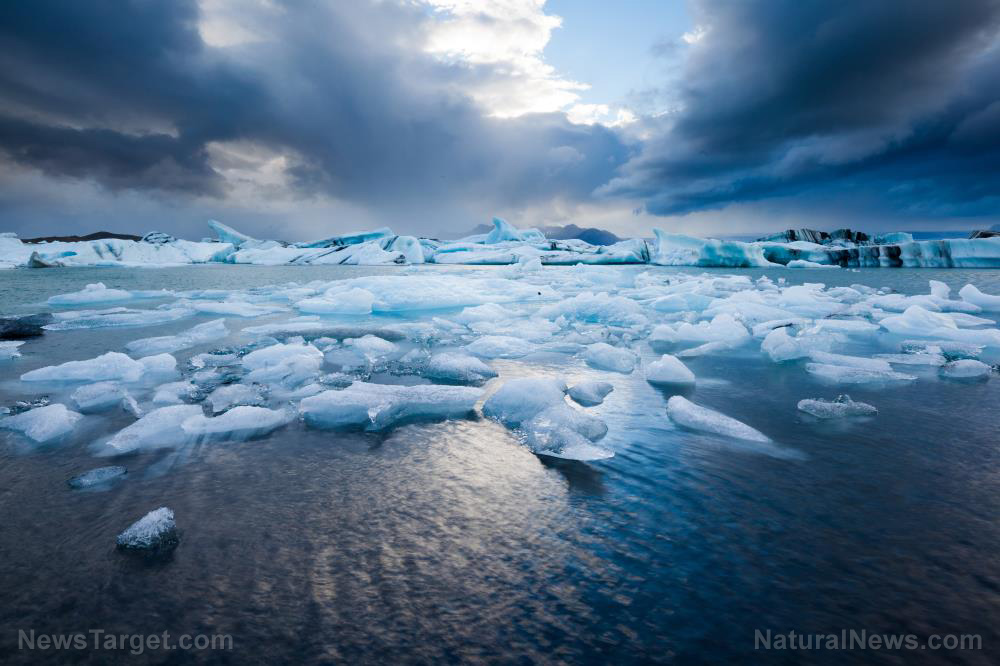Fossil fuels rescue New England from winter’s grip amid failed "net zero" push
By ljdevon // 2025-02-14
Tweet
Share
Copy

As temperatures plummeted in January 2025, New England had to ditch its rapid decarbonization plans and rely on oil, coal, and natural gas to keep homes heated.
- What happened: A severe cold snap in January 2025 pushed New England’s electricity grid to its limits, forcing the region to rely heavily on fossil fuels to meet demand.
- Why it matters: The episode highlights the challenges of transitioning to renewable energy while maintaining grid reliability during extreme weather.
- Key players: ISO-New England (ISO-NE), natural gas and coal-fired power plants, and imported liquefied natural gas (LNG) played critical roles in keeping the lights on.
- Historical context: New England’s resistance to pipeline infrastructure and its reliance on intermittent renewables have left the region vulnerable during peak demand periods.
Populations demand fossil fuels when winter weather sinks in
In the third week of January 2025, below-average temperatures gripped the eastern United States, driving electricity demand to near-record levels in New England. On January 21, ISO-NE recorded peak hourly demand of 19,600 megawatts (MW), slightly below its forecast of 20,308 MW but still a significant strain on the grid. While the region avoided blackouts, the episode revealed the fragility of its energy system, particularly its dependence on fossil fuels during critical moments. Thermal power plants burning oil and coal stepped in to fill the gap when natural gas supplies fell short. Between January 20 and 21, oil-fired plants provided more electricity than natural gas-fired facilities—a rare occurrence. The Merrimack coal-fired plant in New Hampshire also contributed nearly 300 MW of power for several days. These older, less efficient plants, often sidelined in favor of cleaner energy sources, proved indispensable during the crisis.The irony of imported energy
One of the most striking aspects of the crisis was New England’s reliance on imported LNG to meet its energy needs. Despite sitting atop the Marcellus and Utica shale gas basins in Pennsylvania, West Virginia, and Ohio, the region lacks the pipeline infrastructure to transport this abundant domestic resource. Instead, it turned to foreign LNG, shipped to terminals in Massachusetts, to supplement its energy supply. This reliance on imports is partly due to the Jones Act, a century-old law that restricts maritime commerce between U.S. ports. As a result, LNG produced in the Gulf Coast or Maryland cannot be easily transported to New England, forcing the region to rely on international suppliers. “It’s ironic that we’re importing energy from overseas when we have so much natural gas right here in the U.S.,” said Kimberly Peterson, a principal contributor to the report. New England’s push toward renewable energy has been ambitious, with states like Massachusetts and Rhode Island committing to 100% renewable electricity by mid-century. However, the recent cold snap exposed the limitations of wind and solar power during extreme weather. Solar generation was virtually nonexistent during the peak demand hours of early morning and evening, when daylight is scarce. Wind power, while more reliable in winter, faced challenges from high wind speeds that forced turbines to shut down to protect equipment. At the peak of the crisis, fossil fuels and nuclear power provided 83% of the region’s electricity, while wind accounted for just 1%. Solar and battery storage contributed nothing. As New England continues to phase out coal and oil-fired plants, the region must address its infrastructure gaps and storage limitations to ensure grid reliability. “Winter poses the greatest challenges for solar output in New England due to snow, clouds, and shortened daylight hours,” noted ISO-NE in a recent report. “This variability is a significant hurdle in meeting decarbonization goals.” Until renewable energy can reliably meet the demands of winter’s chill, the transition to a net-zero future will remain fraught with tension and irony, and pose significant and unnecessary burdens to people’s lives. Sources include: Whatsupwiththat.com EIA.gov EIA.govTweet
Share
Copy
Tagged Under:
power grid foreign relations weather big government winter green living reality power New England fossil fuels progress electricity grid commerce Green New Deal green tyranny fuel supply energy costs climate goals net zero failure burdens solar output imported energy battery failure wind failure
You Might Also Like
Mike Adams releases new song and music video: Nothing More Disgusting Than a Globalist
By Mike Adams // Share
Trump bans federal funding for chemical and surgical mutilation of children
By Laura Harris // Share
Conspiracy theorists were right about everything – Now what?
By News Editors // Share
Trump’s DOGE reforms hit D.C. hard, but nation’s job market remains strong
By Cassie B. // Share
Trump administration secures historic U.S.-Mexico military border patrol agreement
By Cassie B. // Share
Recent News
Earth-like soil patterns on Mars reveal clues to the planet’s climate history
By willowt // Share
Virologist who endorsed HCQ for COVID-19 appointed to top pandemic post at HHS
By ramontomeydw // Share










